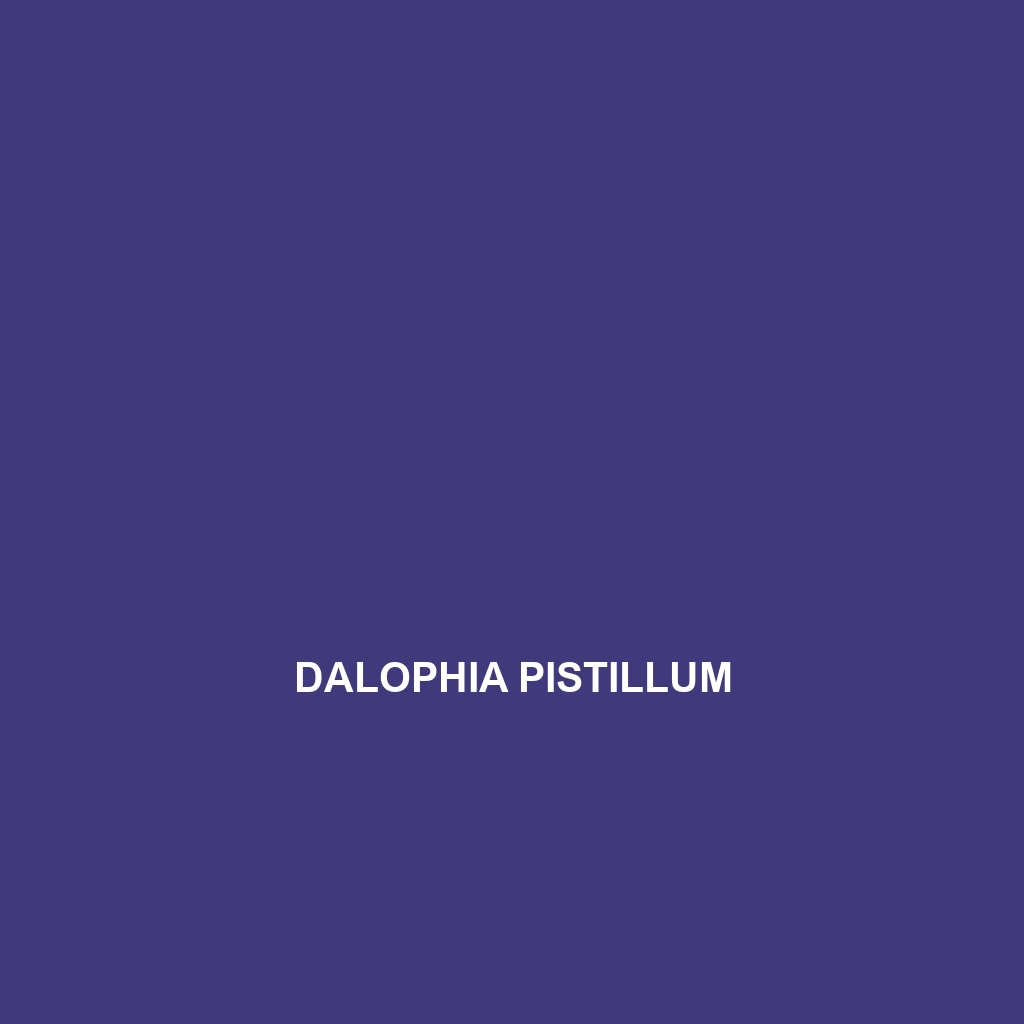Dipsas aparatiritos, known as the Apparent Snail-Eater, a slender, nocturnal snake native to the tropical rainforests of Central and South America. Measuring 60-90 cm with distinctive brown to olive green coloring and specialized in consuming snails and slugs, this species plays a crucial role in controlling snail populations within its ecosystem.
Tag: rainforest ecology
Dipsadoboa weileri
Dipsadoboa weileri, or Weiler's snake, a medium-sized, nocturnal species native to Central Africa's tropical rainforests, featuring camouflage with light brown hues and darker patterns, thriving in humid, vegetative environments. This skilled predator primarily feeds on small rodents and amphibians, playing a crucial role in maintaining ecological balance.
Dierogekko inexpectatus
fascinating Dierogekko inexpectatus, a vibrant green gecko endemic to the lush rainforests of New Caledonia, known for its remarkable climbing abilities, prehensile tail, and vital role in maintaining ecosystem balance as an insectivore. This intriguing species is currently classified as vulnerable due to habitat loss, making conservation efforts essential for its survival.
Dibamus tropcentr
The Dibamus tropcentr, a slender, limb-reduced lizard found in the tropical rainforests of Southeast Asia, primarily feeds on small invertebrates and plays a crucial role in controlling insect populations. Classified as "Vulnerable," it thrives in moist, humid environments among leaf litter, showcasing adaptations like gliding and an elongated body for effective foraging.
Dendrelaphis philippinensis
vibrant Philippine Green Racer (<i>Dendrelaphis philippinensis), a non-venomous snake known for its agility and striking green coloration, thriving in the tropical rainforests of the Philippines. With a diet primarily consisting of small reptiles and amphibians, this diurnal predator plays a crucial role in its ecosystem while exhibiting exceptional climbing abilities.
Dendrelaphis kopsteini
Dendrelaphis kopsteini, also known as the Kopstein's Flying Snake, is a slender, agile arboreal species found in the humid rainforests of Southeast Asia, characterized by its green coloration, elongated head, and large eyes. This snake plays a crucial role in its ecosystem by preying on small vertebrates and is currently listed as Vulnerable due to habitat loss.
Dasia subcaerulea
TheDasia subcaerulea, commonly known as the Blue Dasia, is a stunning arboreal reptile native to the tropical rainforests of Southeast Asia, characterized by its vibrant blue coloration and smooth scales. With a diet primarily consisting of insects and small arthropods, this vulnerable species plays a crucial role in its ecosystem by controlling pest populations while facing threats from habitat destruction.
Dasia haliana
Dasia haliana, a vibrant green species native to the rainforests of Southeast Asia, characterized by its agility, solitary nature, and diverse diet of insects and fruits. With its remarkable camouflage and vital role in maintaining ecosystem balance, this striking reptile is currently listed as "Vulnerable" due to habitat threats.
Dasia griffini
fascinating Dasia griffini, a vibrant arboreal species native to the tropical forests of Southeast Asia, characterized by its striking green and brown coloration, prehensile tail, and a diet primarily consisting of insects and fruits. This vulnerable species plays a crucial role in its ecosystem, aiding in insect population control and seed dispersal while captivating observers with its agile movements and vocalizations.
Dalophia pistillum
Dalophia pistillum, a vibrant species native to the Amazon Basin, known for its elongated body, diurnal behavior, and omnivorous diet of fruits and insects. With its critical role in seed dispersal and ability to change color, this vulnerable species highlights the importance of rainforest ecosystems and conservation efforts.









